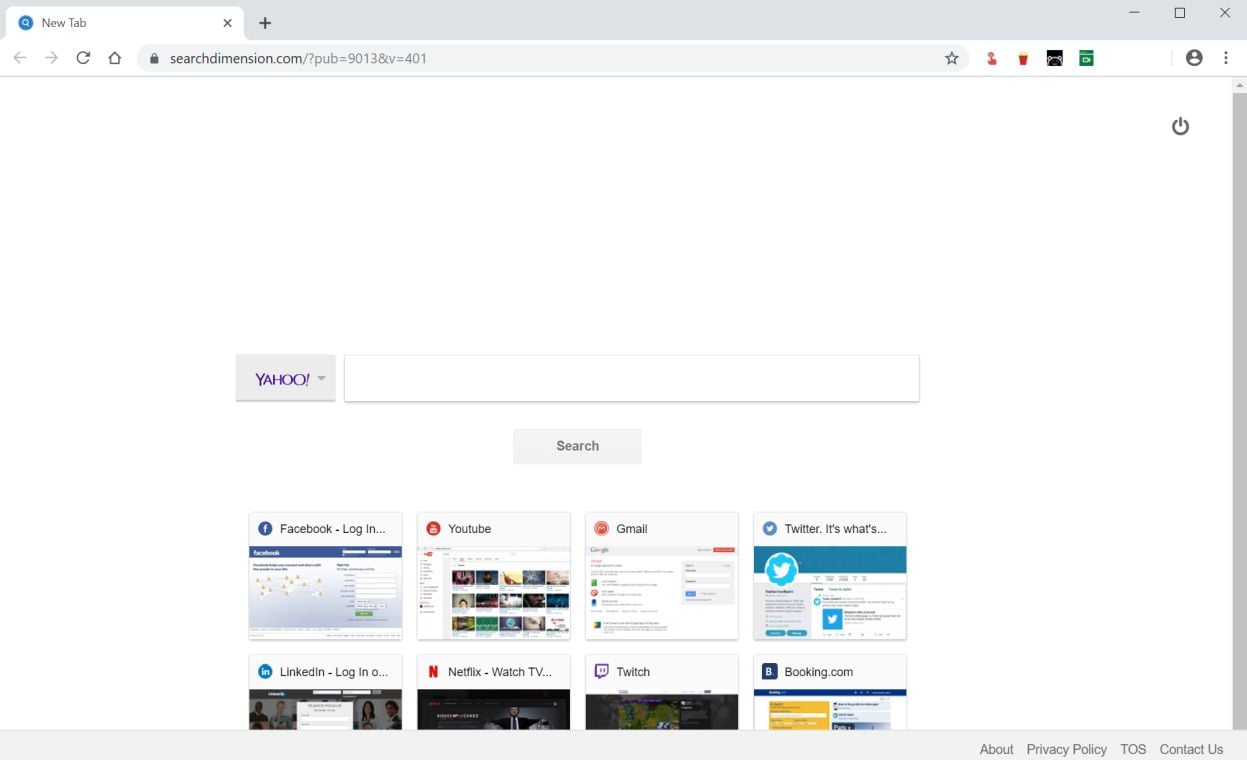

The emphasis in these alerts is on reducing risks to private data rather than fine-tuning the features and overall functionality. Rogue popup on Mac saying Chrome is out of dateĪs mentioned above, Apple Mac machines are also susceptible to this attack as long as the Chrome browser is running on them.

Regardless of the type, the goal of such popups is to spread opportunistic harmful code. Be advised the spoof notifications may look a bit different and read, “ Urgent Chrome update”, “ Chrome update pending”, or “ You are using an outdated version of Chrome”. Even in case of an opt-out through the X or “No, thank you” button, the dialog will vanish for a while, only to reappear very soon. The “Update Chrome” button is what the malefactors want the user to click as it leads to the potentially unwanted program being endorsed. The wording might differ from the above, but the idea is the same: to get the victim interested and encourage them to proceed. The “ Chrome is out of date” popup alerts appear within the Google Chrome window and additionally say, “ Important security improvements and new features are available in the latest version”. Given the abundance of the associated reports on security forums, though, this complexity isn’t an obstacle to the criminals at all. At first sight, such a distribution mechanism appears a bit too complex, because it presupposes that a sketchy code specimen is already on board a computer and adjusts the browser settings to another round of malware promotion. This is what’s going on in the framework of the “Chrome is out of date” malvertising campaign. One peculiar vector, though, comes down to using a certain virus sample to push another strain. They can disseminate it over spam, drive-by downloads, bundling, and a bevy of suchlike techniques. There is an incredibly vast range of methods that the present-day computer crooks leverage to peddle their junk software or malware.


 0 kommentar(er)
0 kommentar(er)
